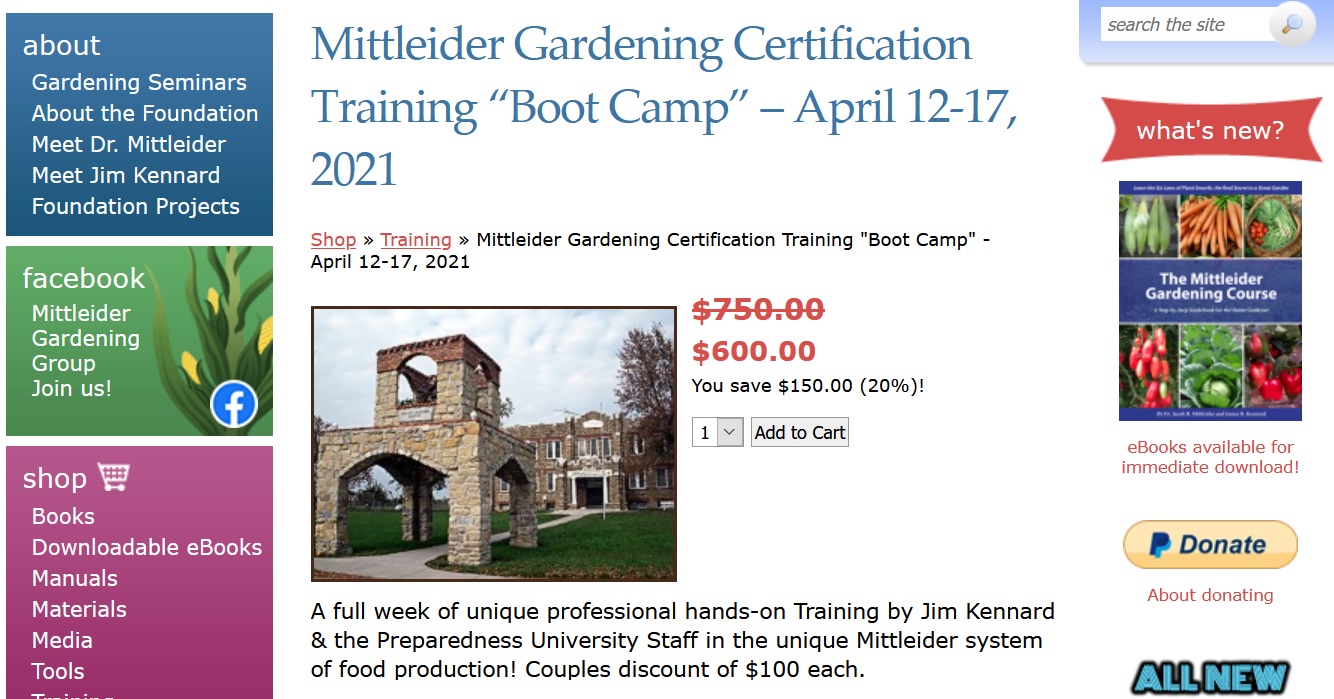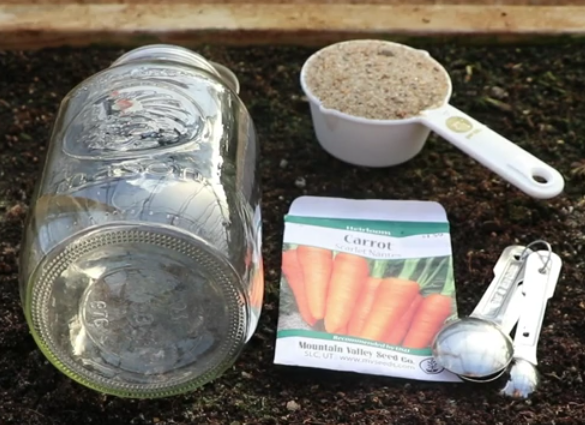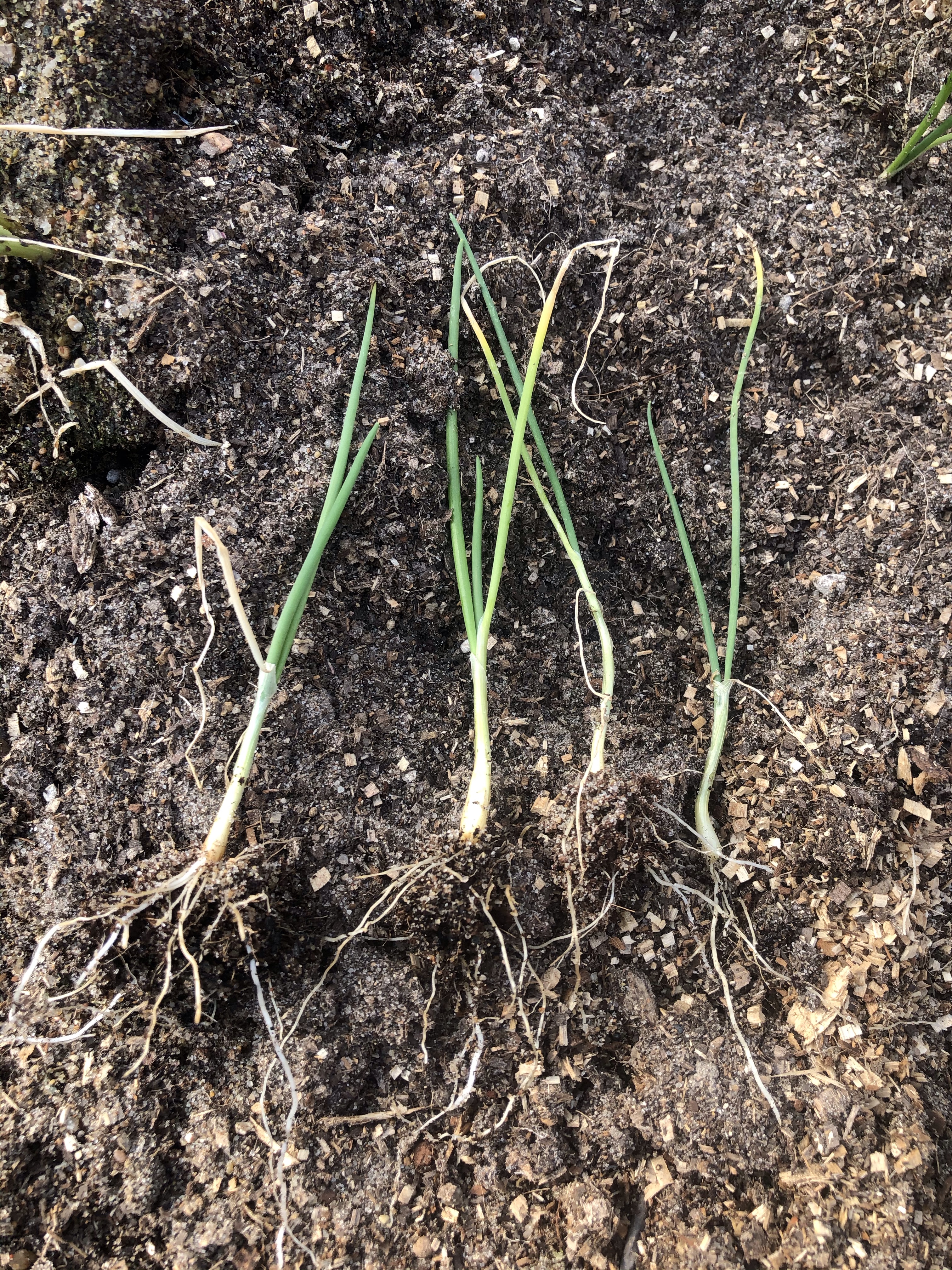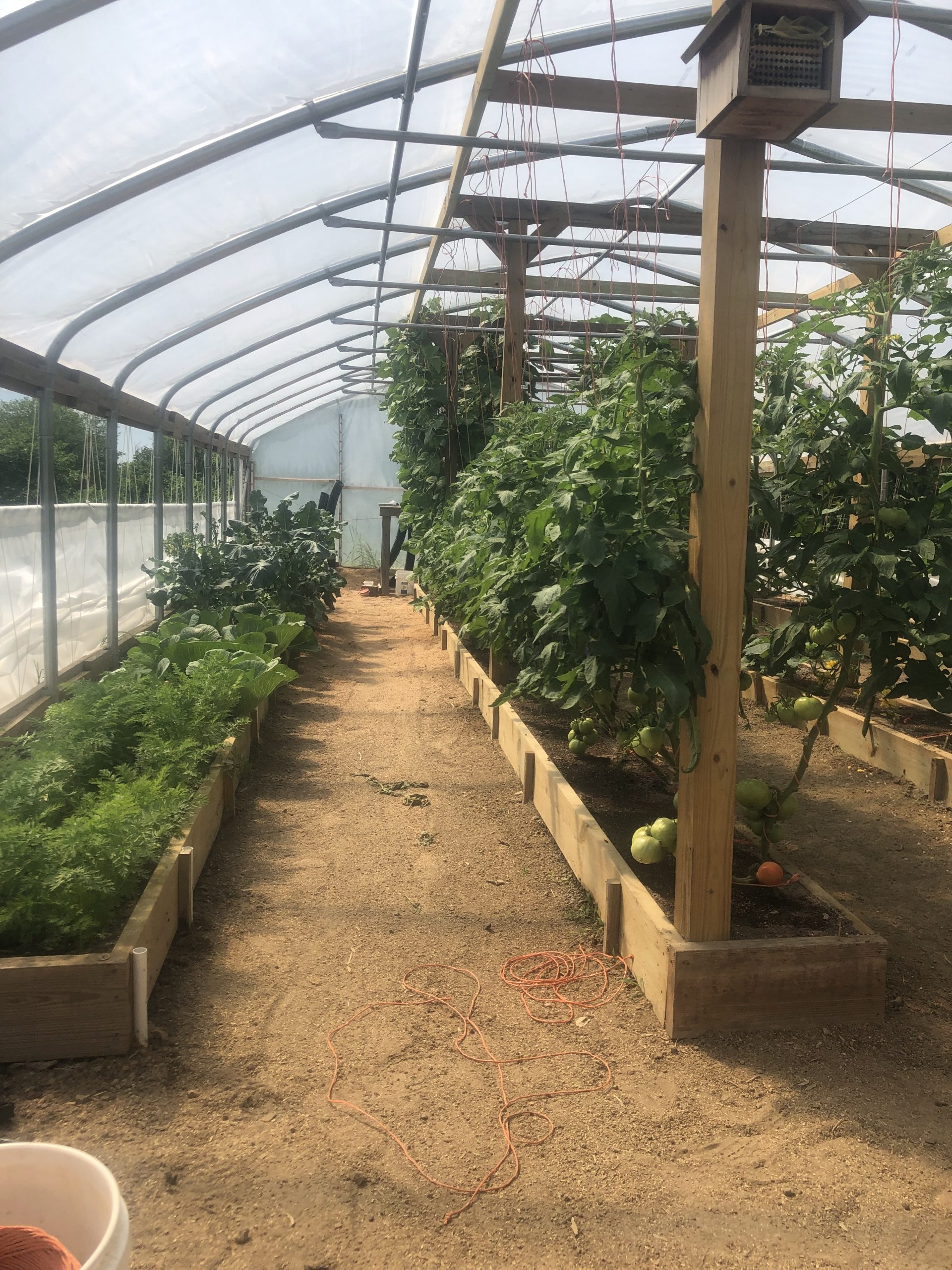this is a page for
Monthly Archives: March 2021
Mittleider gardening classes for April 2021
Mr. Jim Kennard has announced he will be holding the Mittleider “boot camp” training April 12 through 17, 2021. The training is at his facility and includes meals and lodging during the training. You can find all the details and register for the class at Jim’s website GrowFood.com.

Where are the Mittleider gardening classes held?
The Mittleider gardening training is held at the Food For Everyone Foundation’s Preparedness University campus, located at 961 E 5th St, in Kidder, Missouri 64649. Kidder is located approximately 60 miles north west of the Kansas City International airport.
How to plant tiny seeds easily
Trying to plant tiny seeds such as carrots can be difficult. If you have planted them before, you know how difficult it can be to get the spacing correct. The process is often wasteful and more than a little frustrating. Let me help make this process so much easier.
How is it made easier?
The process is made easier by helping to control how many seeds are applied in the garden. It is a simple and inexpensive method where you will add a small measured amount of the seeds to a larger measured amount of sand. Once the seeds are well distributed within the sand you can easily plant those tiny seeds my shaking out the mixture.
What do you need to plant tiny seeds easily
You are going to need a couple common measuring devices found in you kitchen, dry washed concrete sand, your seed and a clean container such as a common pint sized mason jar. You are about to be able to plant your tiny seeds easily!

The mixing ratio
The mixing ratio is simple. One part seeds go into 100 parts of sand. To make it a little easier for you, 1/4 of a teaspoon of seed is added to 1/2 cup of sand. Look for my video on the topic below to see the process.
Why you should use washed concrete sand
Sand from a river, or a road, is going to have a fair amount of weed seeds in it. If you use that sand you will be introducing more weeds to your garden and competition for the seeds you want to grow. Washed concrete sand has far less seeds and other foreign objects in it.
Find us on social media!
Today we are transplanting onions into our garden. We will detail the number or rows and the spacing requirements for onions in a Mittleider garden. There will be a couple picture showing the process and the onion seedlings.
Spacing and row requirements
These are onions we started from seeds and are ready to be transplanted. Onions in a Mittleider garden are grown in 4 rows with 4 inches of spacing. In a 30 foot bed you can expect to yield 362 onions. In the picture below you can see transplanted onion seedlings in the correct number of rows and spacing.

We have always had great success with starting our onions from seeds. We have had a higher success rate come harvest time with our own onions starts as compared to buying store bought bulbs. The seedlings are easy to transplant into the garden and you can get a lot of them into a small amount of space.
Do onions tolerate the cold and how long to grow?
Onions are a hardy crop and tolerate cold weather well. With the average 85 days to maturity for most onions we like to grow two crops. The first crop is grown in the spring, the second in the fall. In our soil beds I add onions in the spring to the garlic I started in the previous fall.
We use a lot of onions in our home. When I harvest the onions from the soil bed shared with the garlic are replaced with the fall batch of onions. The fall batch are grown from seeds and transplanted into the garden. Transplanting a seedling instead of putting the seed directly in the garden will result in a larger yield.
Here is a picture of our onion seedlings before transplanting.

My name is Heath and I am a Mittleider Gardener. I have been a Mittleider gardener since 2015 and am a certified Master Mittleider gardener. I will be sharing pictures and information about the Mittleider garden we grow here in NW Missouri.
If you’re interested in the Mittleider Gardening Method (MGM) or looking for information about it, be sure to look around. We will be posting videos, articles and just some random pictures showing different aspects of our Mittleider gardens.

Our social media



